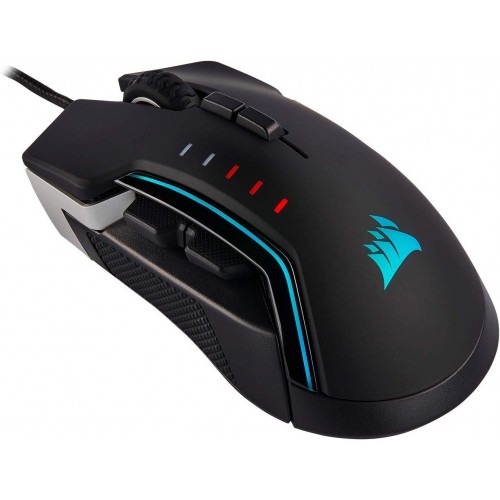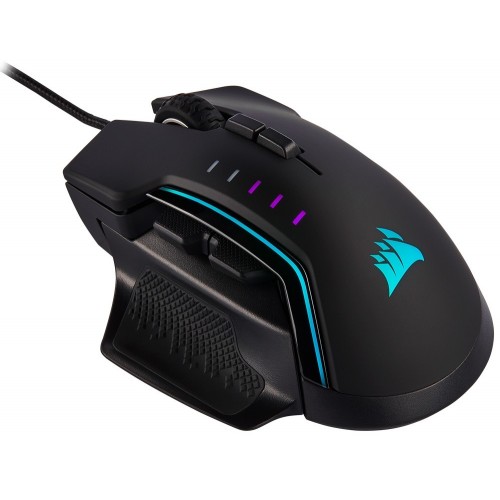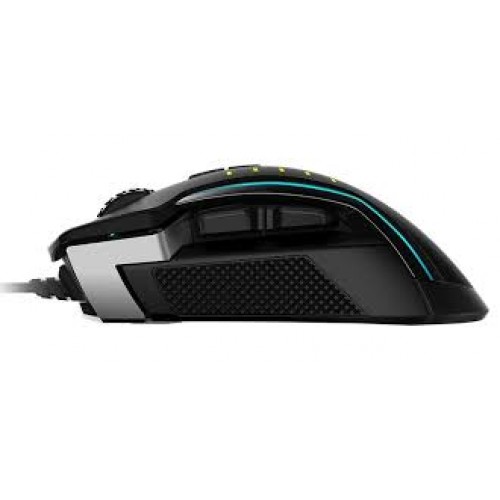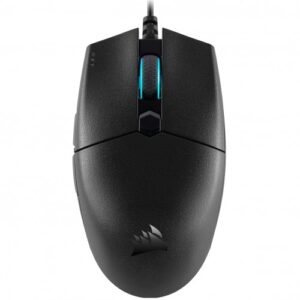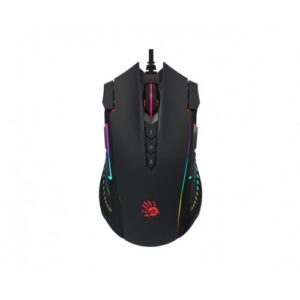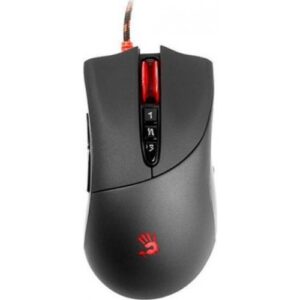Key Specifications and Features
The ultimate gaming mouse is designed with several key specifications and features that are essential for both casual gamers and professionals. One of its standout aspects is the optical sensor that boasts a remarkable high resolution of 18,000 DPI. This sensitivity allows for precise movements, making it an ideal choice for fast-paced gaming scenarios where every millisecond counts. The adjustable DPI settings enable gamers to switch between different sensitivity levels, enhancing their gameplay experience based on personal preference or game requirements.
In addition to the sensor, the gaming mouse is equipped with a variety of programmable buttons. The number of these buttons varies, but typically ranges from six to twelve or more, offering users the flexibility to customize commands for their favorite games. This feature is particularly beneficial in complex gaming environments where quick access to specific functions can determine the outcome of a game. When paired with advanced macro programming, players can execute multiple actions with a single click, significantly improving efficiency.
Durability is another important factor, as gamers often engage in long sessions that put devices to the test. The inclusion of Omron switches is noteworthy, as these components are rated for up to 50 million clicks. This longevity means the mouse can withstand heavy usage without compromising performance. It is crucial for gamers to consider not just the features, but also the physical specifications of the gaming mouse. Attributes such as color, weight, and cable length contribute to the overall feel and usability of the device. A lightweight design enhances swift movements, while an optimal cable length ensures freedom of movement without tangling. Collectively, these features contribute to an elevated gaming experience, allowing players to focus on gameplay rather than concerning themselves with their equipment.
Connectivity and Performance
When assessing a gaming mouse, connectivity plays a crucial role in determining overall performance during gameplay. The wired connection remains a preferred choice among competitive gamers for its reliability and low latency, ensuring that every movement and action is transmitted accurately and instantaneously. Unlike wireless options, which can suffer from interference or lag, a wired gaming mouse minimizes these concerns, allowing for a seamless gaming experience.
One of the key performance features to consider is the selectable report rates, which can typically be adjusted between 1000Hz, 500Hz, 250Hz, and 125Hz. The report rate, measured in hertz (Hz), represents how often the mouse reports its position to the computer. A higher report rate of 1000Hz means the mouse updates every millisecond, providing a fluid and responsive feel that is vital in fast-paced gaming scenarios. Gamers can select lower rates to suit their preferences, and having this flexibility allows for greater customization according to gameplay requirements.
Furthermore, a gaming mouse with built-in memory capabilities can store customizable settings such as DPI (dots per inch) adjustments and button configurations. This feature enables users to personalize their experience, ensuring that settings remain consistent across different devices and sessions. The convenience of memory storage enhances responsiveness during critical moments, as players can effortlessly switch between profiles without the need for software adjustments mid-game.
In terms of product reliability, prospective buyers should also consider the warranty information provided by manufacturers. A solid warranty can instill confidence in the durability and quality of the gaming mouse, assuring players that they are investing in a reliable tool for their gaming arsenal. Overall, the combination of wired connectivity and customizable performance features positions a gaming mouse as an essential element for enhancing player satisfaction and effectiveness in competitive gaming.
